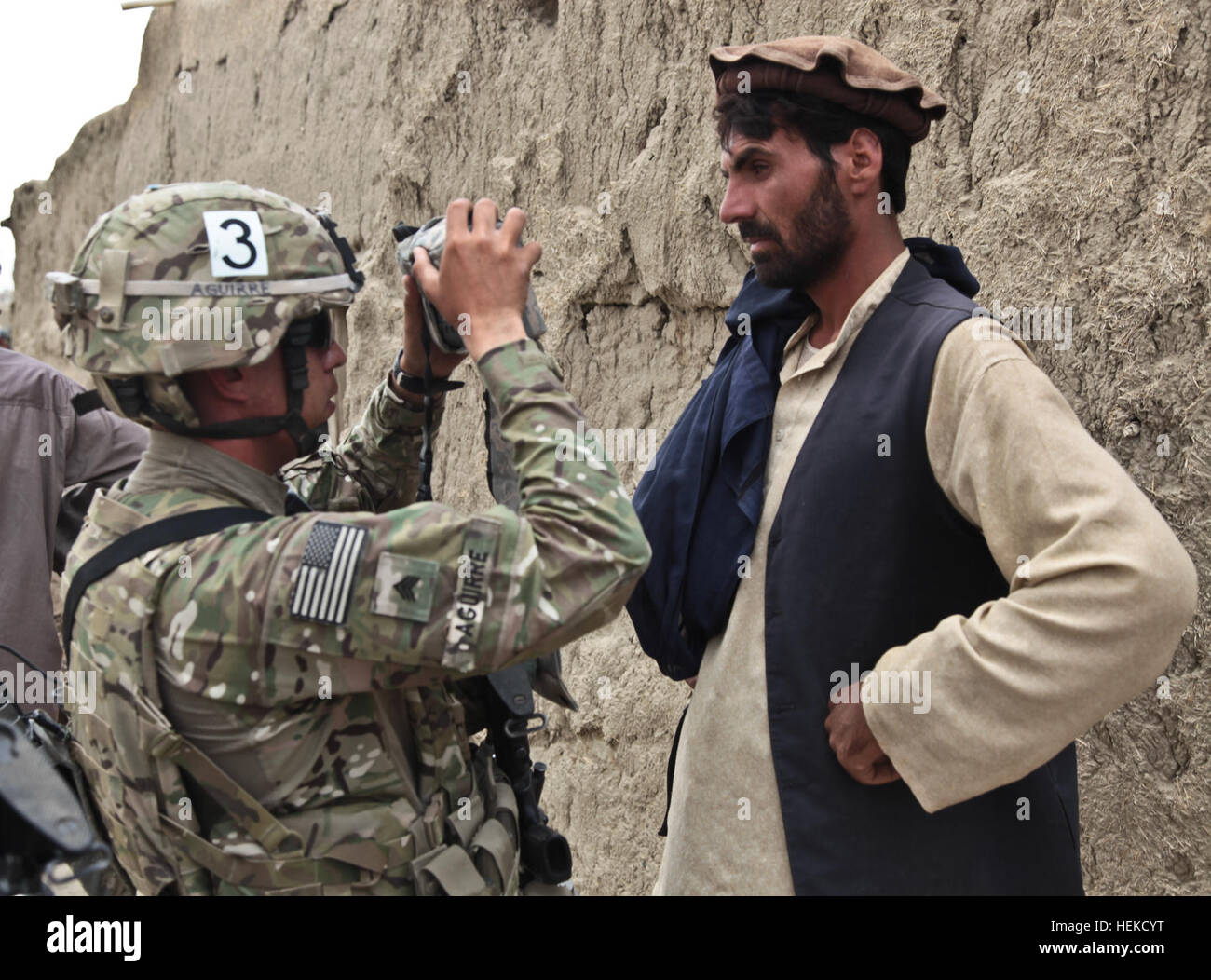
Like the BAT, the HIIDE can connect to a network of approximately 150 servers throughout Afghanistan to upload and download current biometric information and watchlists. One can “recognize,” or confirm that individual’s identity in the future by comparing a live scan of the subjects: iris, fingerprints and/or face to the biometrics contained in the database. The HIIDE is more mobile, providing a handheld device capable of collecting fingerprints, scanning irises and taking photographs. Once an individual has had a record created, or has been “enrolled,” that individual is part of the HIIDE database.

#HIIDE SYSTEM CODE#
The HIIDE then processes the code and biographic data and builds a portfolio for the individual that is stored in a database.

Marine Special Operations Command veteran, explained the American military would go into villages and enroll people into this biometric data system. These three sensors capture the minute details of a subject’s iris, fingerprint and face, as digital photographs, or “scans.” The HIIDE™ translates the photographic data into a binary code and links that code to biographic data about the individual, such as name and a personal identification number. The report said HIIDE devices hold identifying information such as iris scans and fingerprints as well as biographical details. The HIIDE includes two separate cameras for imaging an individual’s irises and face, and a sensor pad for scanning fingerprints. scannt die Iris eines anderen Soldaten mit dem HIIDE-System (Handheld Interagency. Handheld Interagency Identity Detection Equipment Such systems and especially mobile biometric iris recognition systems are expensive and also. It is possible to create sustainable, just and healthy food systems. ISAF/DoD Biometric Tracking in Afghanistan.


 0 kommentar(er)
0 kommentar(er)
